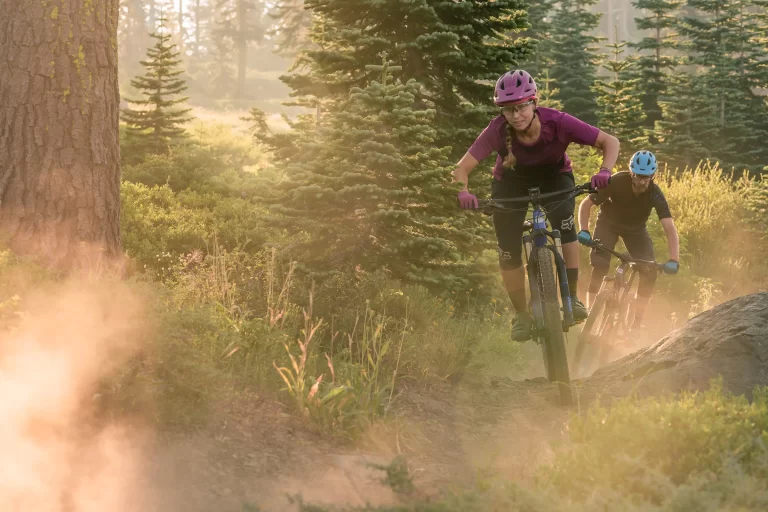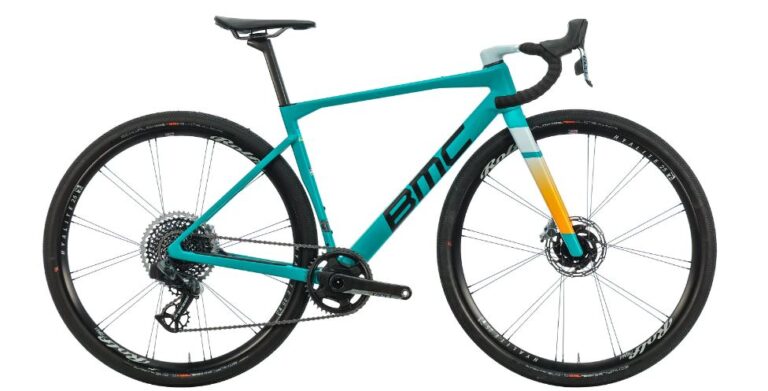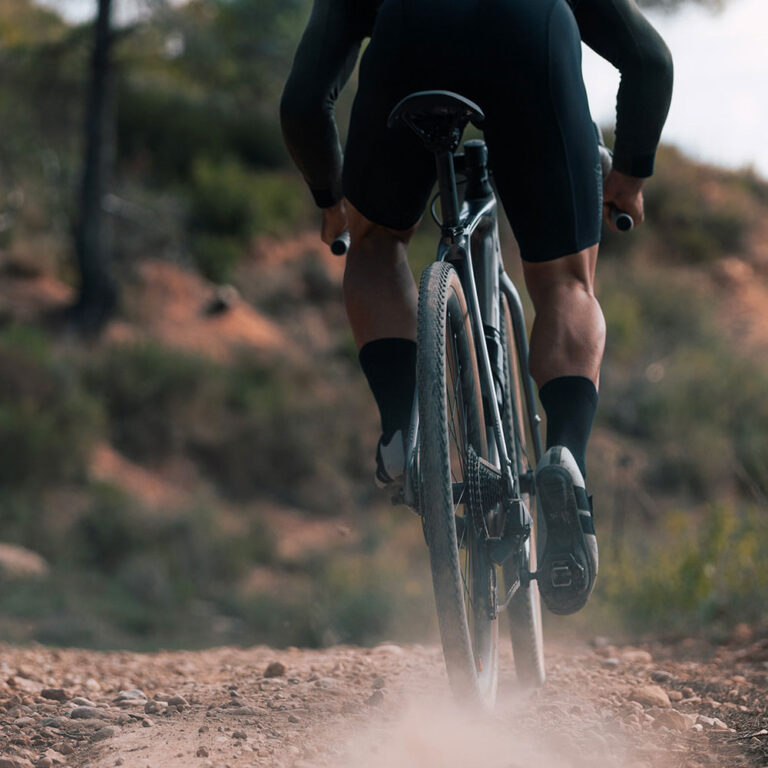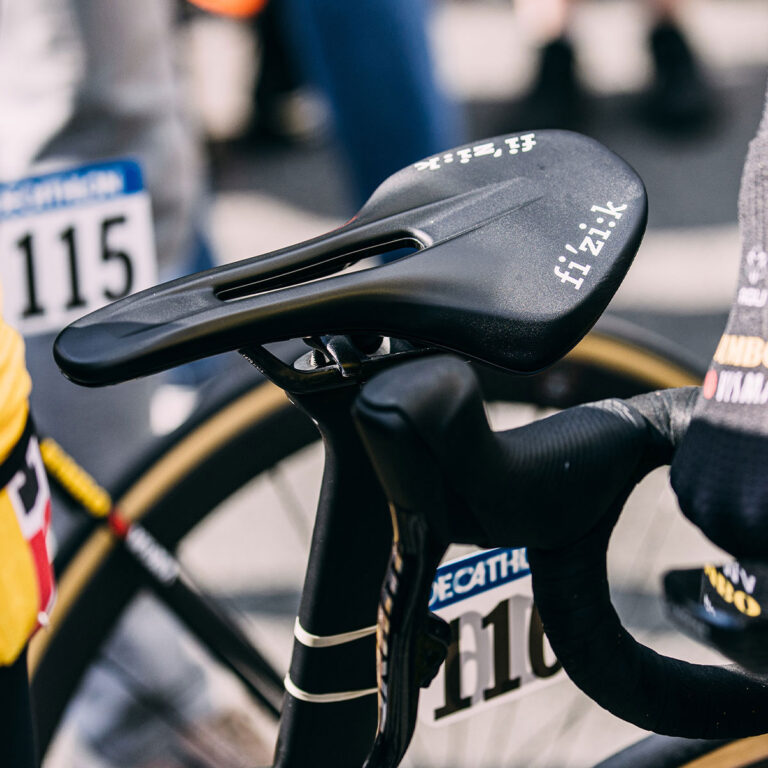Riding Through Time: Durability and Lifespan of Mountain Bike Saddles
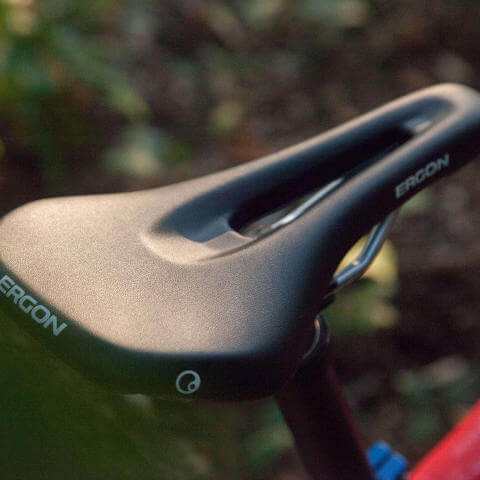
Key Point Summary of Durability and Lifespan of Mountain Bike Saddles:
- Durability and Lifespan Are Crucial: The durability of a mountain bike saddle determines how well it can withstand the elements and the rigors of off-road cycling, affecting its overall lifespan.
- Materials Matter: The construction materials of the saddle play a significant role in its durability, with some materials offering more resilience and weather resistance than others.
- Impact of Riding Style: Aggressive riding and frequent exposure to harsh conditions necessitate a more durable saddle.
- Maintenance Extends Lifespan: Regular maintenance and care can significantly extend the lifespan of your mountain bike saddle.
- Investment in Quality Pays Off: Initially more expensive, high-quality saddles can offer better durability and comfort in the long run.
Throughout my years of cycling across various disciplines—mountain biking, gravel grinding, and cyclocross racing—I’ve come to learn that a saddle isn’t just a place to sit. It’s an integral component of the bike that affects not only comfort but also performance and enjoyment of the ride. As someone who has experienced the best and worst of what saddles have to offer, I can attest to the importance of durability and lifespan, especially when it comes to mountain biking.
The Role of Materials in Durability
One of the first lessons I learned was that not all saddles are created equal, particularly regarding the materials used in their construction. I once had a saddle that, while comfortable at first, quickly deteriorated after a season of riding in varied weather conditions. It was a clear case where the material wasn’t up to the task, leading to a rapid decline in both performance and comfort.
In contrast, my current saddle, crafted from high-quality, weather-resistant materials, has withstood seasons of abuse without showing significant wear. This experience underscored the critical role materials play in the durability and, by extension, the lifespan of a mountain bike saddle.
The Impact of Riding Style
Aggressive riding and frequent exposure to adverse conditions are par for the course in mountain biking. I recall a period when I favored a particularly aggressive riding style, which put my equipment through the wringer. My saddle, a mid-range model I thought could handle the stress, began to show signs of wear much sooner than expected. The rails bent, and the cover started to tear, prompting an unexpected and somewhat costly replacement.
This experience taught me that your riding style directly impacts your saddle’s longevity. For those who ride hard and often, investing in a saddle designed to withstand such conditions is crucial.
Maintenance: The Key to Longevity
Regular maintenance can significantly extend the life of a mountain bike saddle. I’ve made it a routine to clean and inspect my saddle after particularly muddy or wet rides. Simple steps, like wiping down the saddle, checking for loose parts, and occasionally applying a protective spray to water-resistant models, can make a substantial difference.
Why Quality is a Wise Investment
Early in my cycling journey, I was hesitant to invest in a high-quality saddle, opting instead for more budget-friendly options. However, after cycling through several inadequate saddles, each failing to stand up to the demands of trail riding, I decided to invest in a higher-quality model. The difference was night and day, not only in terms of durability and comfort but also in the overall riding experience.
A high-quality saddle may come with a higher upfront cost, but the investment pays off in the long run. Not only do these saddles provide a better ride, but they also require fewer replacements over time, ultimately saving money and hassle.
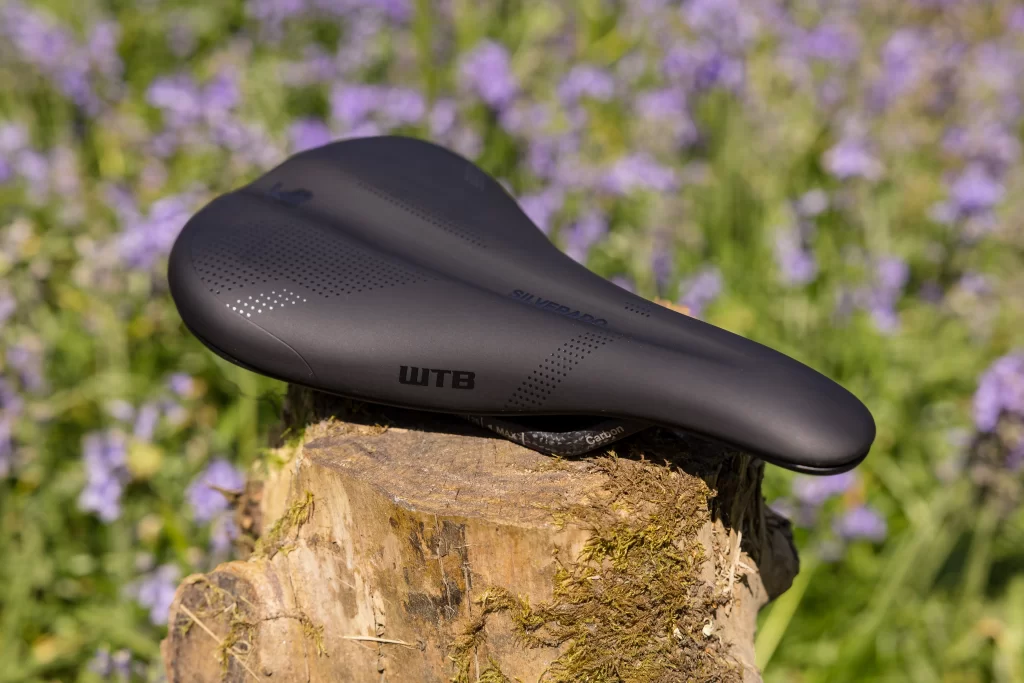
As I delve into the realm of mountain biking, the WTB Silverado stands out as the epitome of what I believe a saddle should be: resilient, comfortable for long treks, and tough enough to take on the challenges of aggressive trail riding. This model is renowned for its resilient build, comfort over long distances, and ability to withstand the rigors of aggressive trail riding. The Silverado’s reputation for quality and durability makes it a fitting representation for the themes of the article, illustrating the importance of investing in a saddle that supports and endures through countless rides and adventures.

FAQ
How long do MTB saddles last?
MTB saddles typically last between 1 to 5 years, though this can vary based on the saddle’s material quality, how often and aggressively it is used, and how well it is maintained.
When should I replace my mountain bike saddle?
You should replace your mountain bike saddle when you notice signs of significant wear such as tears in the material, cracks or bends in the rails, compromised padding that affects comfort, or any structural damage that impacts performance and safety.
What is the life of a bike seat?
The life of a bike seat generally mirrors that of MTB saddles, spanning from 1 to 5 years. This range depends on the seat’s build quality, usage frequency, exposure to harsh conditions, and care taken during its use.
How do I know if my bike saddle is worn out?
You’ll know your bike saddle is worn out if you experience decreased comfort or new discomforts, see visible damage like tears or deformations, notice the saddle no longer maintains its shape, or if the saddle starts making unusual noises, indicating a potential failure of its internal structure or mounting points.
Happy trails!
John
